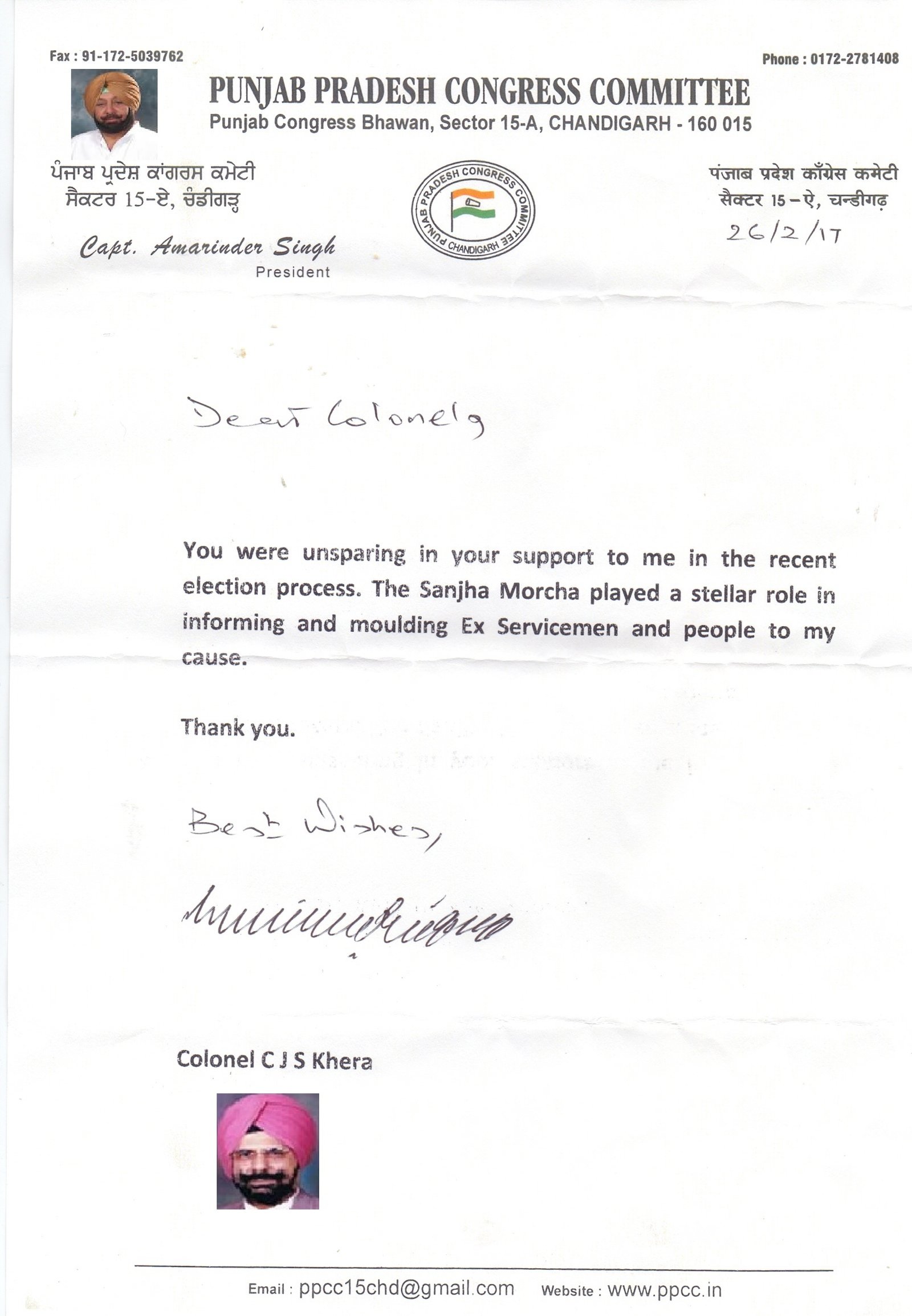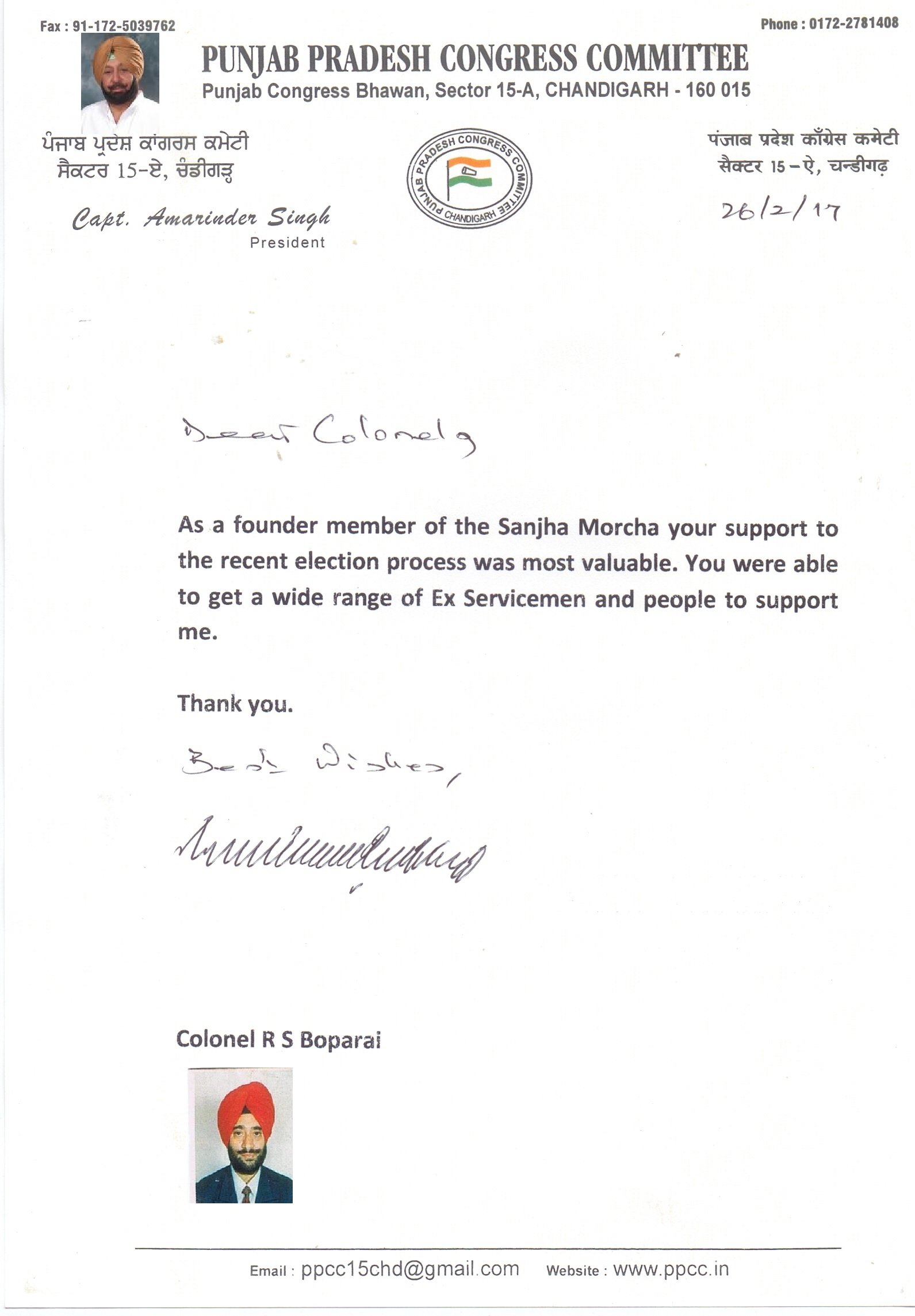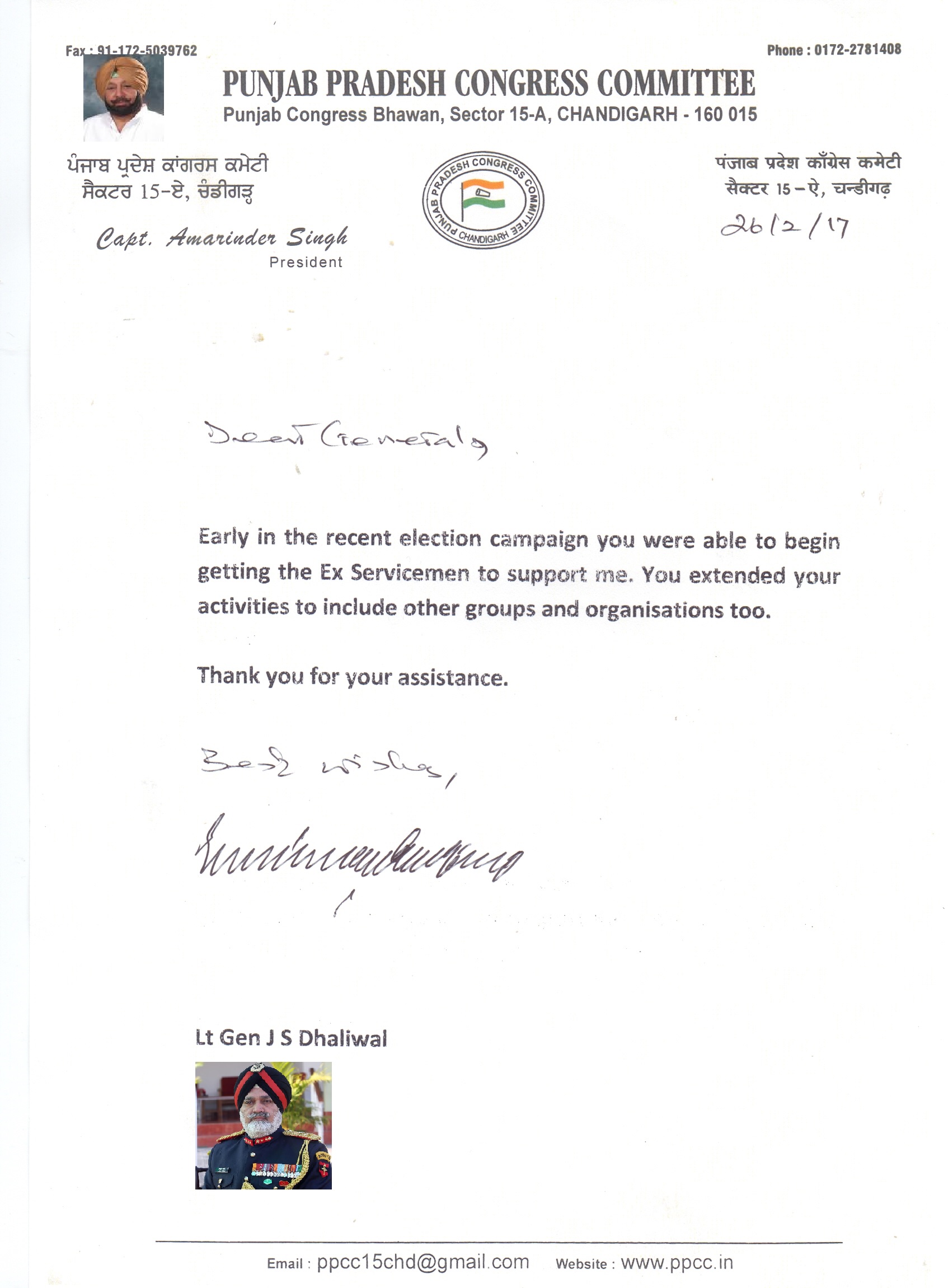
Put a finger on any part of Northern Iraq or Syria and one will be struck by the complexities of the situation. The politics of the plethora of groups and their alliances with external players; the status of the various ongoing battles, famous among which remain Mosul, Raqqa and Aleppo; and the possibilities of future scenarios if Daesh (as Islamic State, or ISIS, is mostly referred to in these parts) does finally get tactically vanquished. Clarity is an issue which will never find place in the West Asian drama, so it is best to depend on intelligent strategic assessments.
Daesh became a household name in 2014 because of its organising abilities and the pre-eminence it acquired among notorious international terrorist organisations, making Al Qaeda look almost childlike. As per the International Centre for the Study of Radicalisation and Political Violence (ICSR), Daesh took its “revenue” to as high as $1.9 billion in its very first year. It imposed taxes and had supply lines running for weapons and ammunition. It didn’t face any manpower problems as almost 30,000 fighters joined it from overseas. Its slick propaganda machine used the social media for messaging, motivation and information buildup. These networks, many run from across the world, were obviously well-established over time and didn’t emerge overnight. Four major ingredients that are needed by any terror outfit with a transnational footprint were well under Daesh control. These were finances, human resources, military wherewithal and information. Its reach, in terms of operations, extended to Europe, and marginally to the United States, Turkey and Africa. Through 2016, however, Daesh’s hold started to dilute as foreign fighters dried up and international players got their act together to throttle its finances. In 2016, the financial outlay with Daesh was reduced to approximately $876 million, a cut of almost a billion dollars. Desertions by fighters began as fighters’ pay was reduced. The battles for Mosul and Raqqa, its physical centres of gravity, also got underway in 2016 even as Daesh lost 15 per cent of its territory in 2015, which increased to 23 per cent in 2016. What should be surprising is the inability of the world’s major nations to firm up an alliance to put an end to a scourge of the times which has held the world to ransom. The US, perceived largely as the unwitting creator of Daesh, is content today to be in an advisory/training role in the battle to defeat it, although there are claims of much greater contributions. Russia is physically more involved for the sake of its strategic hold over the East Mediterranean and Levant. That’s the very reason why Daesh is likely to survive beyond the major battles it is currently involved in.
Geopolitically, it is important for Daesh to maintain its core presence in the Arab world. The notion of a caliphate is emotionally linked to the desert lands where the shrines exist; it’s the physical control of territory which gave Daesh a march over Al Qaeda, and it’s not something it will abdicate easily. This could enhance the importance of some Arab lands which are considered Daesh’s potential camping grounds. The characteristics of such lands could be proximity, poor state of governance and ongoing potential turbulence. Yemen and the Sinai offer themselves as the best potential, independent of the endgame in Syria and Iraq. For Daesh, the best “post-defeat” situation would be continuation of the Shia-Sunni discord in Iraq, convulsions within the Shia-dominated Iraqi Army and within the political environment of Iraq. In chaos, Daesh hopes to ensure its survival. It’s learnt that Al Baghdadi has relocated from Mosul. Baghdadi’s elimination should be a key element of the US plan for the future, independent of any other strategy; somewhat akin to the focused campaign against Osama bin Laden. Al Qaeda, without Bin Laden and under Zawahiri’s charge, hasn’t been a shadow of itself. Baghdadi is fully aware of it and would have selected as innocuous a location as Abbottabad, but in the Arabian heartland. The argument that proximity is a major consideration in its future appeal, in a shrinking space where Al Qaeda is also known to be reviving strongly, will continue to drive the agenda.
With its technological capability and networking skills, the possibility remains that Daesh will morph into smaller groups in Arab lands and survive as a virtual caliphate. That will help in ensuring exploitation of local tiffs and keeping West Asia in turmoil.
The speculation that Daesh may shift base to Africa to ride on the back of yet-undefeated surrogates Al Shabab and Boko Haram is naïve. Al Qaeda’s experience shows a guest artiste remains just that and Daesh has a greater strategic assessment capability than to tie itself down to Africa.
Is the sudden spurt of terror-related events in Afghanistan, Pakistan and the low-profile action on the Bhopal-Ujjain passenger train in India a trailer of things to come in South Asia? The concept of Ghazwa-e-Hind and the inclusion of parts of Western India in Khorasan territory has always linked Daesh’s ambitions to South Asia. Its attempts to strike root in Bangladesh have not gone beyond riding atop local radical outfits and already out of steam.
India’s very large minority Muslim community may appear to be cannon fodder for Daesh’s ambitions, but some deft intelligence work by our agencies has largely prevented this. The storm, however, has not yet passed and there is every feasibility of more attempts. The events at the Kabul hospital and Lal Shahbaz Qalandar shrine claimed by Daesh were in all probability diversions, an yet an indication of its global reach. In the run-up to elections in France (April 2017) and Germany (September 2017), one can expect some large-scale terrorist strikes to influence voting and promote anti-Islamic sentiment, which is always considered by Daesh as favourable to its aims.
The apparent unconfirmed buildup in north-west Afghanistan of Daesh elements signals what it wishes to do in this region. It’s interest in India and Bangladesh may still be peripheral but in AfPak and Central Asia it probably wishes to exploit the existing turmoil and hold states to ransom. The temptation to turn towards Turkmenistan and it rich gas reserves may be too much for Daesh to resist. Even the clandestine drug conduits of the Golden Triangle may be mouth-watering for an organisation used to having deep pockets.
What seems on the cards is a regional spread of Daesh satraps in West Asia, all networked into a virtual caliphate. To give that more muscle this may spread to AfPak, with Central Asia as the next frontier and Africa as the fallback. The importance of creeping influence in India, Bangladesh and Southeast Asia can’t be discounted.
Defeating Daesh’s intent on these circumstances won’t be easy. No nation with a Muslim presence will be safe as somewhere in the perverted concept of Daesh will remain an event or a trend linked specifically to it. Keeping the adversary guessing is the oldest ploy of warfare — and Daesh is going to adopt just that.








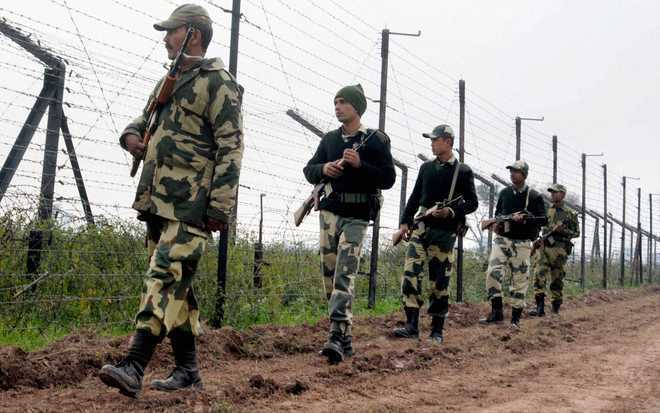
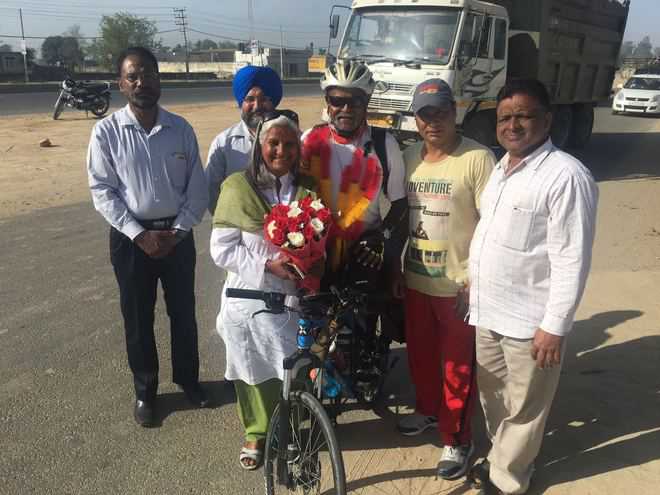







 AP FILE
AP FILE